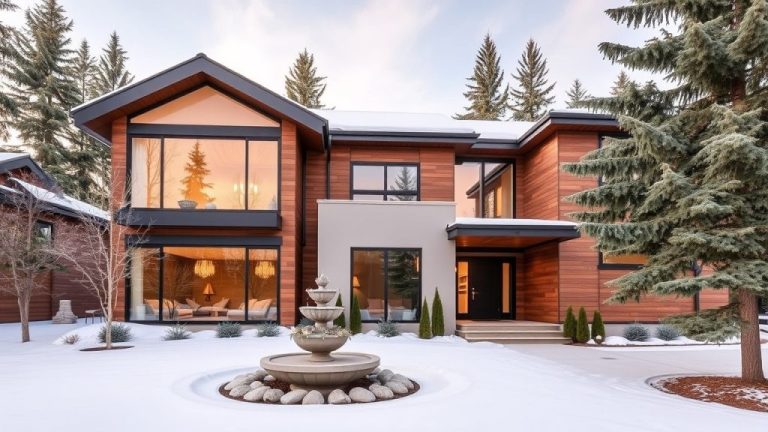Common Mistakes to Avoid During a Kitchen Remodel in Utah
A kitchen renovation can add real value to a home, but missteps during planning or construction often lead to frustration, delays, or extra expenses. Many homeowners underestimate just how detailed a remodel can become. Starting with clear goals and local insights makes a big difference.
Planning a kitchen remodel in Utah often begins with choosing finishes and layout ideas. However, critical steps like permits, electrical updates, and plumbing checks are sometimes ignored. Partnering with experienced local professionals can prevent costly delays.
Underestimating Permit and Code Requirements
Utah has its own building codes, and several municipalities within the state enforce additional layers of regulation. Many projects require plumbing, electrical, or structural permits that must be approved before work begins. Skipping this step can lead to costly redos or even legal action.
Licensed contractors in Utah are typically familiar with these standards, but when homeowners act as their own general contractors, it’s easy to overlook small but critical compliance rules. Permitting delays can also impact scheduling and increase labor costs if not planned in advance. Staying ahead of these requirements ensures smoother coordination with inspectors and avoids unexpected project halts.
Prioritizing Looks Over Practical Use
A kitchen may look beautiful on the surface, but if layout, workflow, or storage needs are ignored, it often fails to support daily routines efficiently. In many regions, open-plan kitchens are popular, but not every home can accommodate this without major structural changes. Prioritizing function ensures that upgrades actually improve how the space is used.
Placing appliances too far apart or ignoring lighting zones often leads to future dissatisfaction. A well-designed kitchen balances aesthetics with daily convenience, especially for families with high-traffic cooking areas. Ignoring practical aspects such as cabinet height or countertop spacing can lead to regrets after installation.
Ignoring Utah’s Climate and Environmental Conditions
Kitchen materials behave differently in Utah’s unique environment. The state’s dry air, temperature swings, and high elevation can affect wood cabinetry, flooring, and paint finishes over time. Without planning for those conditions, some materials may warp, crack, or deteriorate faster than expected.
Local contractors often recommend specific finishes or sealants designed for the area’s climate. Factoring in environmental conditions early helps extend the lifespan of both surfaces and systems. Choosing the wrong materials may not show issues immediately, but long-term wear can compromise the look and performance of the kitchen.
Overlooking Electrical and Plumbing Limitations
Many older homes in Utah, particularly in historic neighborhoods, hide outdated wiring or plumbing behind walls. These problems typically remain hidden until renovation work is underway. Installing new fixtures or appliances without evaluating system capacity can lead to major project delays.
A detailed inspection before finalizing plans helps avoid mid-project surprises. These upgrades often require coordination with licensed electricians or plumbers familiar with local standards. Ignoring these systems can lead to future code violations or early equipment failures.
Relying Solely on Online Inspiration
Browsing online for design ideas can be inspiring, but many layouts don’t align with Utah’s building standards. Ceiling heights, ventilation, and space constraints often vary. Local designers ensure ideas are realistic, code-compliant, and suited to the home’s structure.
Applying popular design elements without proper adaptation can lead to awkward layouts or code violations. Online photos rarely show the mechanical and structural constraints that may be present in an existing home. Tailoring design choices to the property’s existing footprint and local codes ensures a more functional and compliant result.
Avoiding these common errors during a kitchen remodel in Utah can save time, money, and stress. Local knowledge, thoughtful planning, and experienced guidance all contribute to a successful outcome. Anyone preparing for a remodel should consult local professionals early on to stay ahead of common pitfalls and design with confidence.






